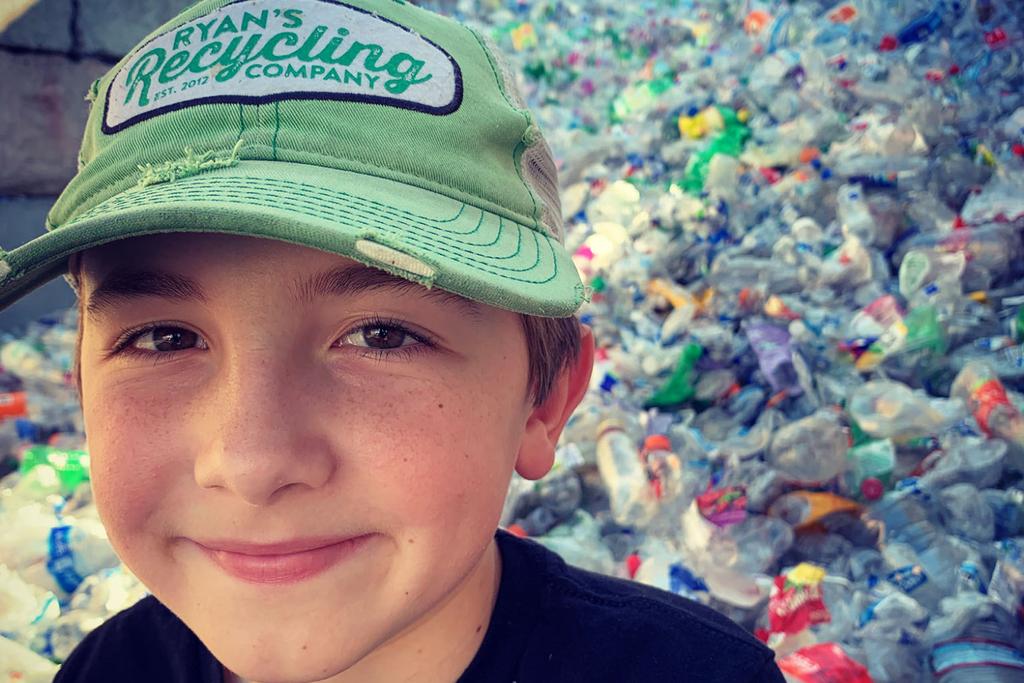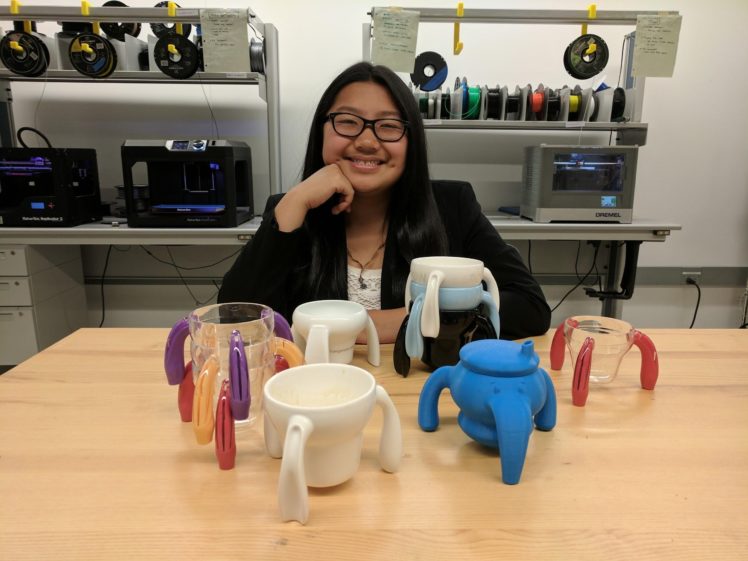
Ryan Hickman’s love for recycling began in 2012 when he was only 3 and a half years old after his dad took him to the local recycling center. He realized at a young age that everyone had a part to play in maintaining the environment. Ryan played his part by creating his own business: Ryan’s Recycling Company. He started his business ventures by handing out empty plastic bags to his neighbors in his hometown of Orange County, California in hopes that they would save their cans and bottles for him to recycle. The friends, families, and coworkers of his neighbors also saved their recyclables for Ryan too. He soon had customers all over Orange County. On the weekends, Ryan and his dad would drive around to local houses to collect their cans and bottles, sort through his customers’ recyclables, and deliver them to the recycling center. Within a decade of Ryan’s Recycling Company, Ryan had successfully collected and recycled 1.6 million cans and bottles. His motivation for his business stems from his determination to help the environment.
Ryan’s passion for recycling will stay with him for his entire life. All of the money he earns through Ryan’s Recycling goes towards his college education. Though he is still young, Ryan’s current plan is to attend a college close to home so that he can continue to run his recycling company while in college. Ryan is also a Youth Ambassador at the Pacific Marine Mammal Center in Laguna Beach, California and gives them the proceeds from selling t-shirts and hats with the Ryan’s Recycling logo on them. Ryan says that the Center’s mission is to “rescue sick and injured seals and sea lions to help them get better.” Additionally, in 2020, Ryan founded a nonprofit called Project3R, which strives to inform and educate others on the importance of recycling and to increase environmental awareness among all people. Project 3R also hosts community events such as beach cleanups. Ryan is inspiring his friends, neighbors, and community to make the world a better place. “It feels good knowing that I make a difference,” Ryan says. “I just know that people are inspired, and they aren’t littering, and [they are] picking up as much trash as they see on the ground.”
To learn more about Ryan’s Recycling Company, click here.
 Mikey Wren was in elementary school when he started his successful business with vending machines. At 10 years old, he was a best-selling author, an inspirational speaker, and a business owner.
Mikey Wren was in elementary school when he started his successful business with vending machines. At 10 years old, he was a best-selling author, an inspirational speaker, and a business owner.


